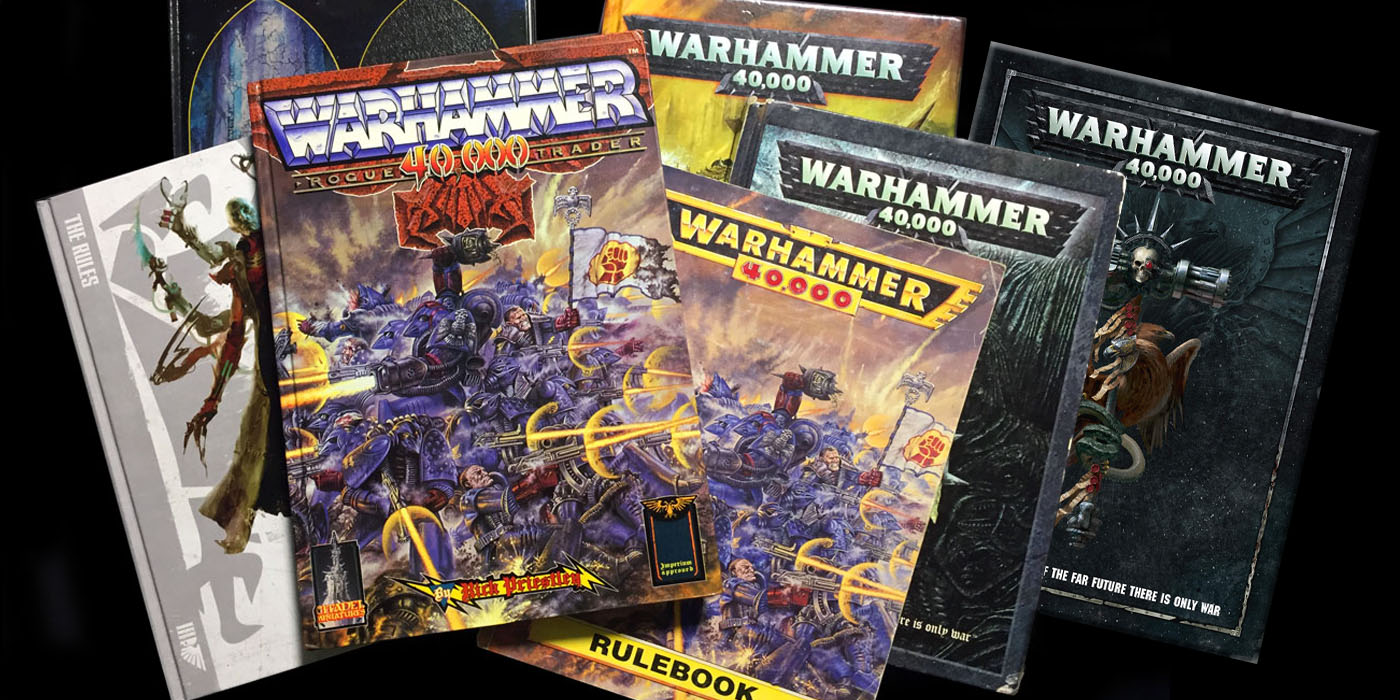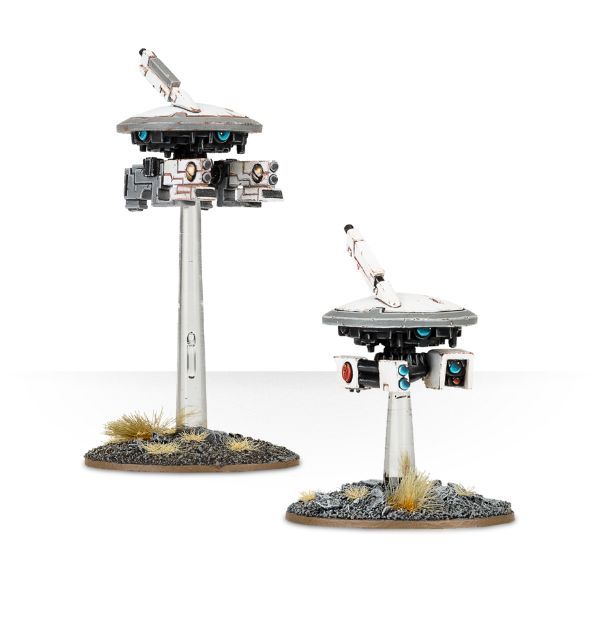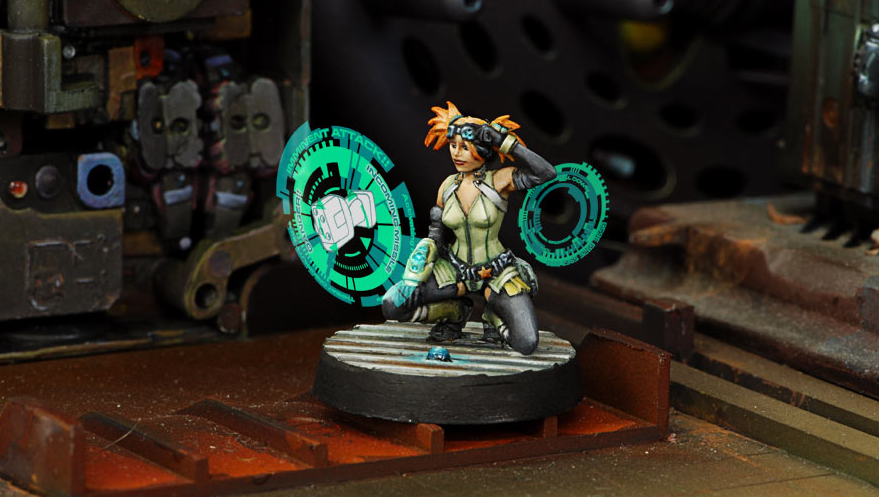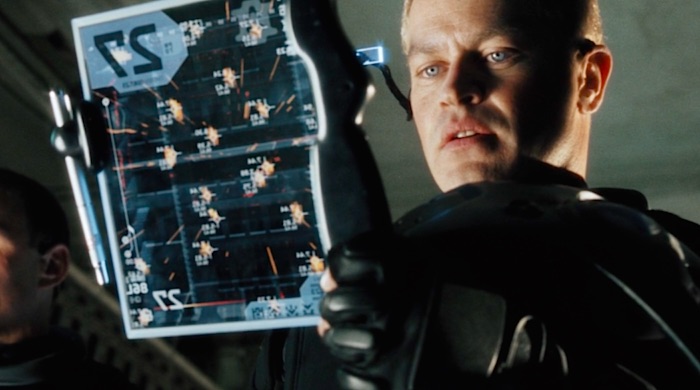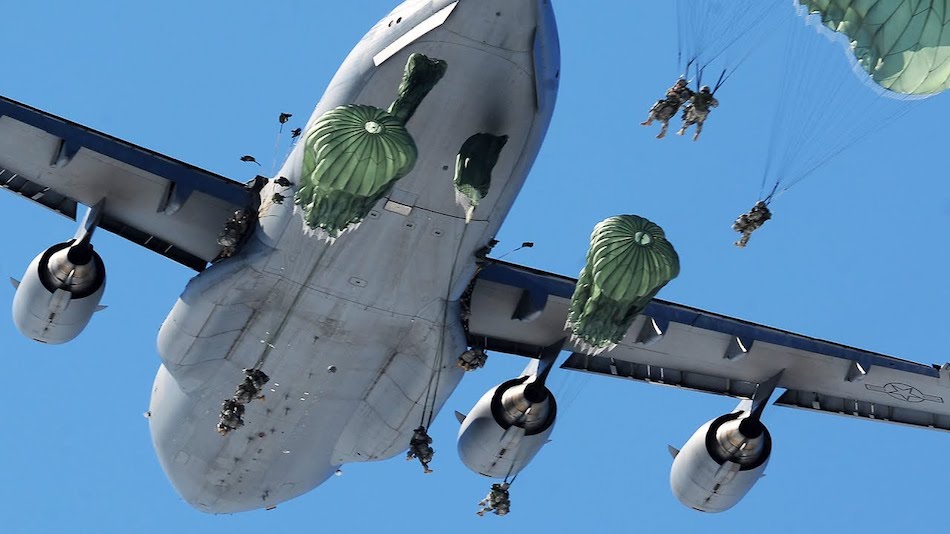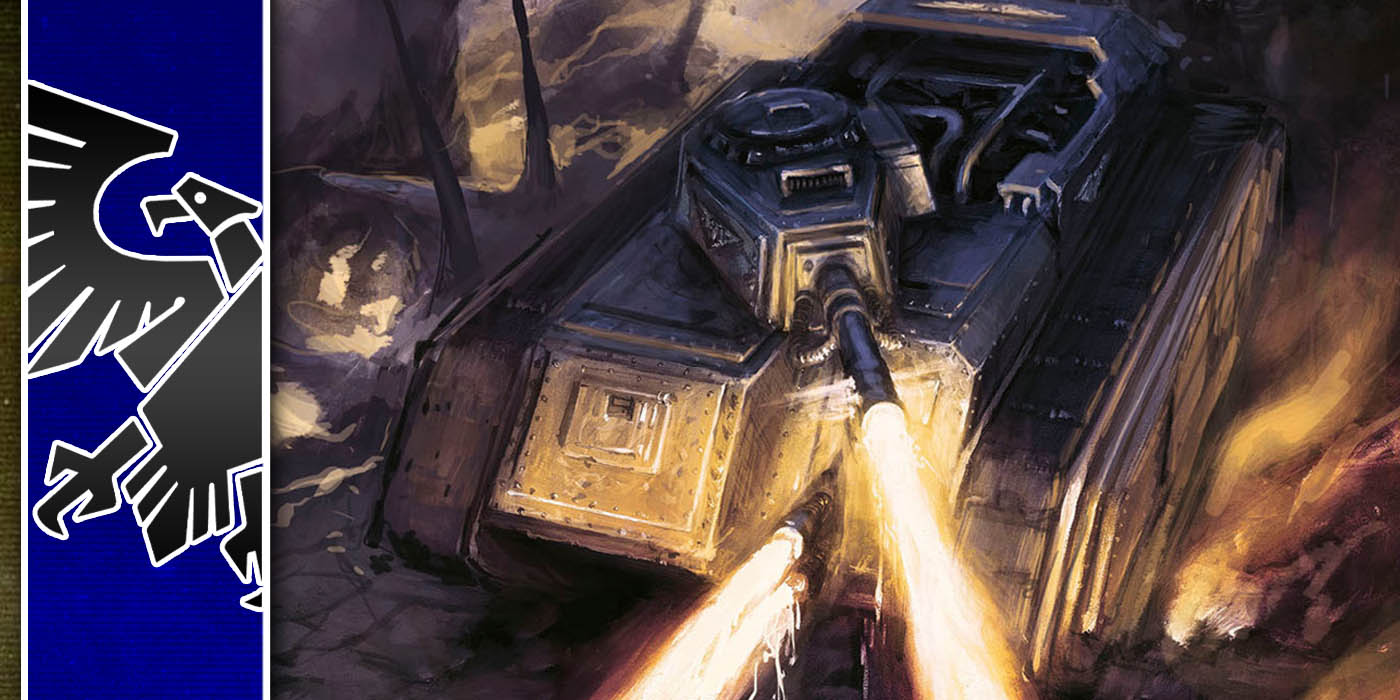Warhammer 40K: It’s Time To Pull the Grimdark into the 21st Century
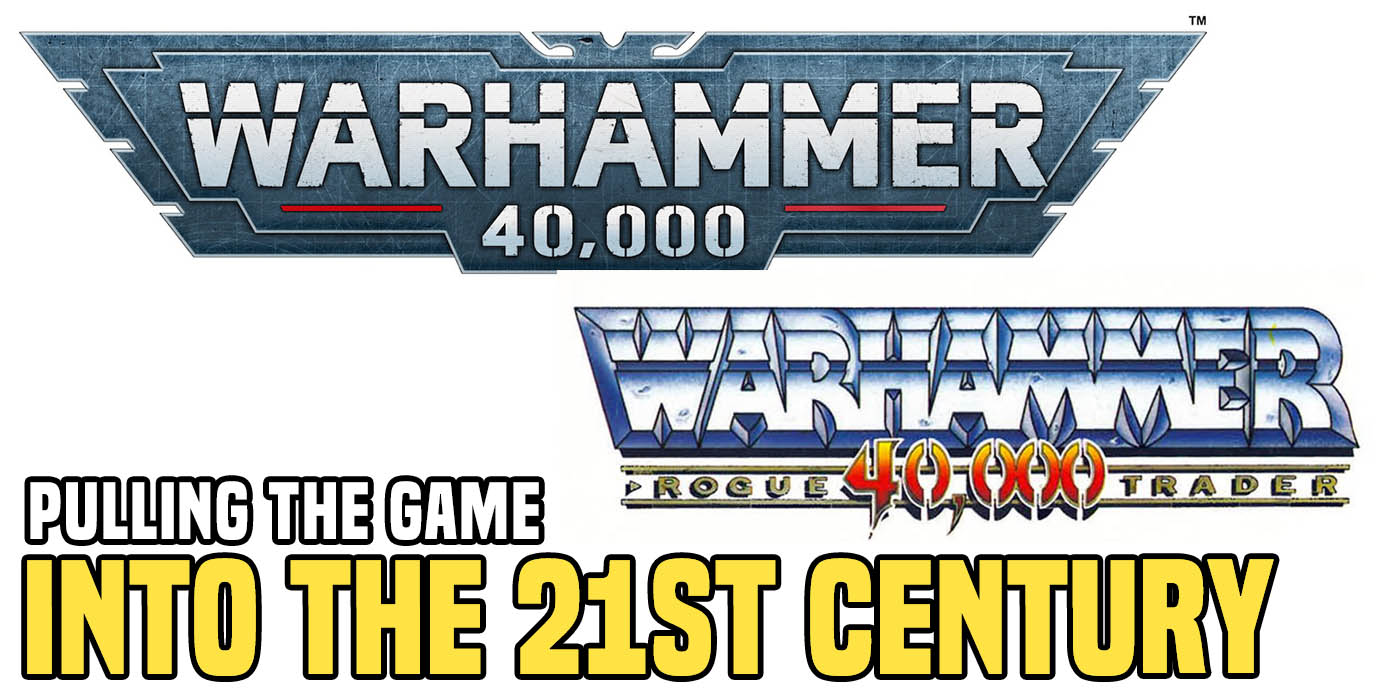

40K is starting to look a little old-fashioned compared to actual 21st Century warfare – GW should fix that ASAP.
Warhammer 40K was created in the late 1980s. It should come as no surprise that it is based heavily on the concepts of its youthful designers. They in turn were most heavily influenced by the most important European conflict in memory – World War 2. Yes, a Marine’s physical design is a mixture of sci-fi, gothic full plate with a splash of Napoleonics thrown in for flavor. But the game itself is solidly rooted in the popular concepts and images of WW2.
Thus we get our infantry squads armed and laid out like UK WW2 infantry squads, obvious WW2 looking tanks, heavy weapons, and artillery. The game was genius at mixing in the sci-fi tropes from pretty much everywhere from Heinlein’s Starship Troopers, to Star Wars, to DUNE, and so many more. The WW2 basics are all there. You can see the broad brushstrokes of 40k’s recreation of WW2 style combat, alongside Warhammer Fantasy’s recreation of historical wargaming.
Welcome to the 21st Century
But here we are in 2022, and putting together a 40K army still feels and plays roughly like it did back in the 1980s. The concept of what our favorite GW sci-fi tabletop battle should represent hasn’t changed while the real world around it world has surged forward. WW2 began in 1939 – which is now 83 years ago! It is a historical conflict quickly passing out of living memory.
You can easily look around at many modern conflicts to see all kinds of new warfighting doctrines and combatants that are in the main absent from the grimdark. Several of these have been embraced by other wargames and I think it’s time for GW to bring the 21st Century into the 40th Millenia. Here are a few examples:
Drones
I think everyone from laymen to the military has been taken aback at the effects of drones on warfare. If you really want to dive into something amazing and terrifying, do a search for “drone swarms” and think about what being a soldier in 20 years might be like. It’s chilling. Here’s just a quick non-combat example to get you thinking:
In 40K, outside of the obvious example of the T’au Empire – the entire concept of drones and drone controllers is absent. I would propose a vast expansion of this type of unit – along the lines of every faction having flyers. You see a little of this type of unit in games such as Infinity. Now drones may be used for various purposes by different 40k armies. Some offensive, some defensive, some for information gathering, some for subterfuge. Go crazy rules designers! But the basic concept should be there and common across factions.
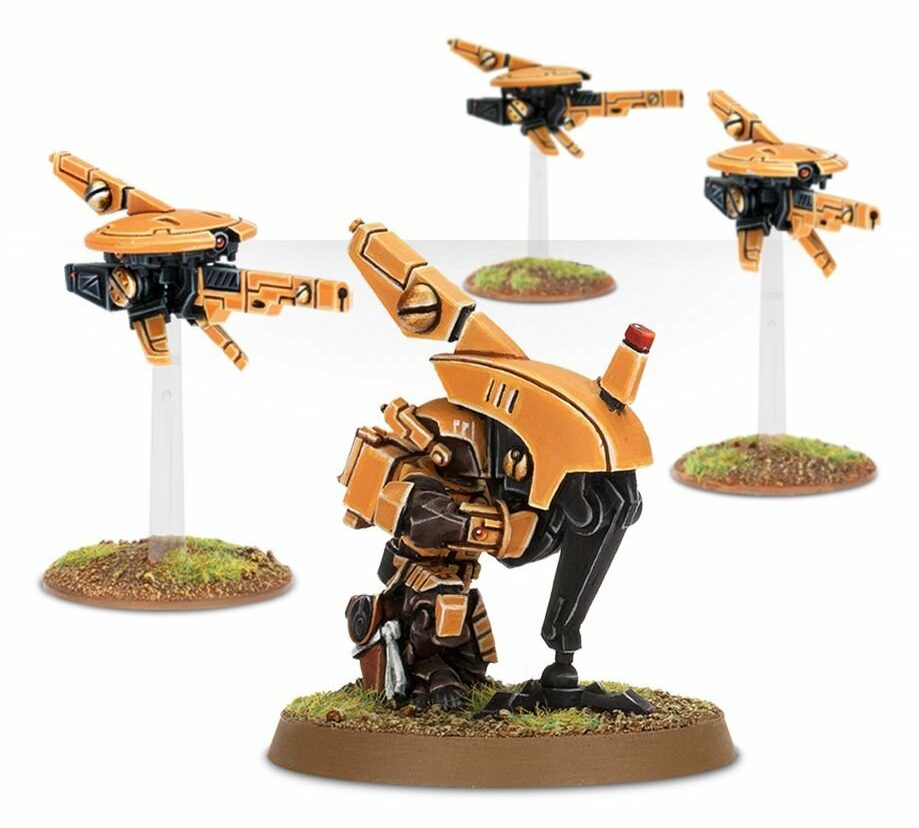 Just think of how scary this guy could be if he controlled a squad of 10-20 mixed drones with various loadouts and special rules!
Just think of how scary this guy could be if he controlled a squad of 10-20 mixed drones with various loadouts and special rules!
Cyber-Warfare
Another concept that gaining traction is cyber warfare. This can be broadly rolled in with concepts of electronic warfare, jamming, counter-jamming, alongside hacking and counter-hacking. Again this is something that has been with for militaries decades and is slowly being seen moving directly onto the modern battlefield. Again, you see this mechanic commonly in games such as Infinity. 40K has little to none of it.
Think of 2 different examples to get your designer gears turning.
Example 1: Vanus Assassin
First, these units could be a set of off-table combatants. The Vanus Assassin is tailor-made for this. This clade of the Officio Assasinorum never gets near the battlefield. They use their cyber warfare powers to shape the battlefield to disrupt and defeat the enemy before he even arrives in combat. This entire concept of a non-combatant unit/miniature is seen in games such as A Song of Ice and Fire.
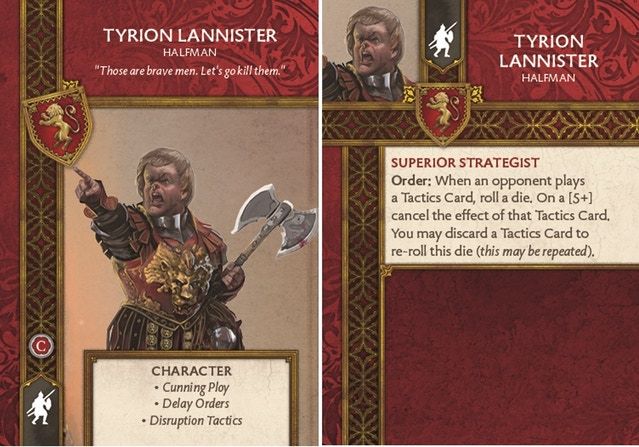 Tyrion can’t fight worth beans, but he’s got a lot of tricks up his sleeves…
Tyrion can’t fight worth beans, but he’s got a lot of tricks up his sleeves…
You might buy and paint up your Vanus Assassin miniature, stick him alongside the table, pay the points for him and gain any number of special effects. Here’s just a handful of examples:
- Reduce the enemy CP pool by some amount
- Reduce the reliability of enemy reserves
- Grant the ability to use some unique Stratagems
- Degrade enemy aura ranges
etc… you get the idea.
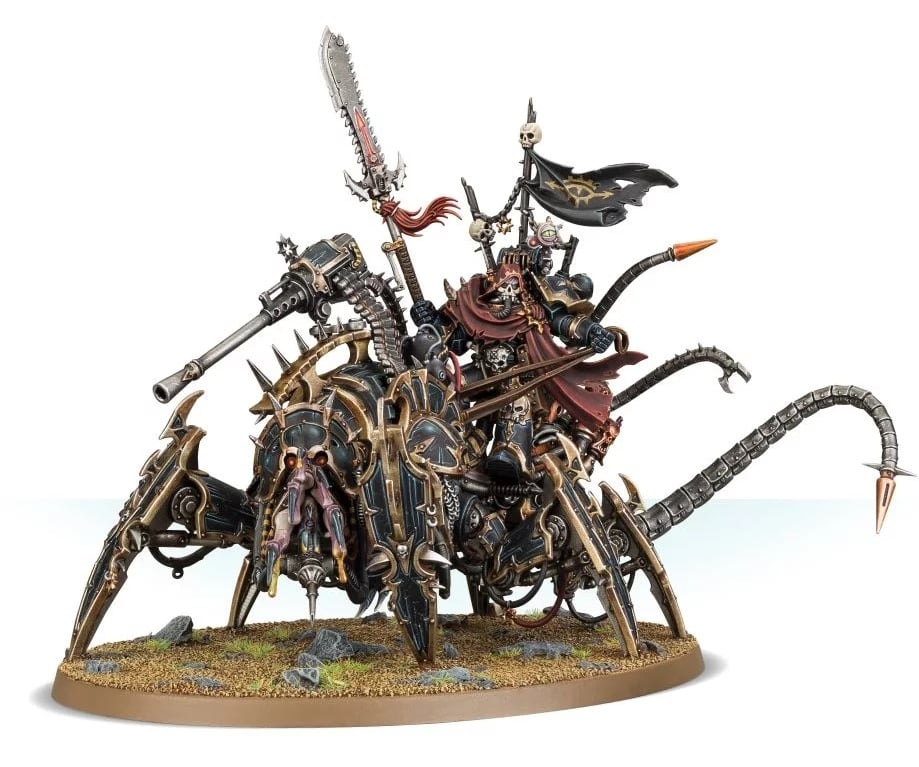 Think of what a Lord Discordant’s ability to hack into tanks, and enemy walkers, or targeting arrays could look like!
Think of what a Lord Discordant’s ability to hack into tanks, and enemy walkers, or targeting arrays could look like!
Example 2: Battlefield Hackers
Take any army and give them a unit that has cyber warfare abilities with a range. This is effectively an Aura. If you wanted to make it fancy, Cyber warfare units could have a potency or strength rating that may be combined with other cyber warfare units for either offense (to make the Aura work), or defense (to block enemy cyber warfare Auras). There are limitless concepts for what these types of auras could do. But just thinking of what the Adeptus Mechanicus, and the Dark Mechanicus could do in this realm is very, very cool.
Logistics & Supply
It is becoming more and more of a truism that getting your army the stuff it needs to fight is one of the most important warfighting concepts. Armies don’t just walk out on an empty field and blaze away. Getting your forces into combat intact, while denying your opponent the same is a primary military skill. Different real-world militaries have a wide range of abilities and skills in this area.
What does this mean for 40K? Well, it means that the concepts can be applied to widen the army-wide special abilities to reflect bigger-picture strengths that don’t normally appear on our little piece of the Grimdark tabletop. Things like rules that represent the fact that then you face Astra Militarum or Orks, you are not only fighting what is in front of you, but an almost limitless supply of reinforcements for miles around. When you face the Tyranids, you are cut off and under communications blackouts. When you face Chaos Daemons, or the Necrons – various natural laws or physics may stop working.
 “Sarge, what do you mean the bullets are going UP?!”
“Sarge, what do you mean the bullets are going UP?!”
These are the types of “big picture” logistical effects that 40K designers tend to gloss over. Strangely in Apocalypse some of these things used to show up for armies. But in 40K this is why with about two dozen armies there is a general “sameness” to army special rules. It’s a lot of +1 to this, and reroll that. It gets tired. Here are some ideas of what some of these logistical effects might look like:
- Indirect Fire is more or less accurate
- Auras could fail or be degraded
- Character targeting rules are modified
- Enemy movement characteristics are modified
- Failed morale checks have different consequences
- Destroyed units might be able to be recycled in some cases
- Either players deployment may be modified
Etc… you get the idea.
Back to the Future!
These are all merely thought experiments. But where I am going with this is – I want GW’s designers to stretch their legs. 10th Edition is certainly around the corner. 40K is getting closer to 40 years old. GW has done a superb job of reinventing the game over the decades to expand the races and situations within the Grimdark. But the real world is changing too. I would hate to see 40K become “old fashioned” and seemingly stuck in a military past in our fast-changing world.
I have complete faith the design team can keep surprising us and letting some of the modern real world make its way into our future toy soldier sandbox!
What do you think? I’ll see you out there on the tabletop!

